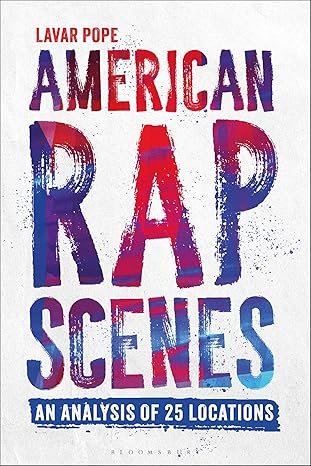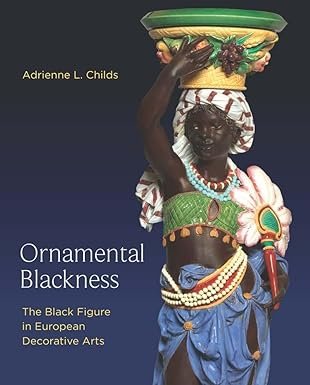 Image 1 of 1
Image 1 of 1


Slavery In The Age of Memory 2020
Exploring notions of history, collective memory, cultural memory, public memory, official memory, and public history, Slavery in the Age of Memory: Engaging the Past explains how ordinary citizens, social groups, governments and institutions engage with the past of slavery and the Atlantic slave trade. It illuminates how and why over the last five decades the debates about slavery have become so relevant in the societies where slavery existed and which participated in the Atlantic slave trade.
The book draws on a variety of case studies to investigate its central questions. How have social actors and groups in Europe, Africa and the Americas engaged with the slave past of their societies? Are there are any relations between the demands to rename streets of Liverpool in England and the protests to take down Confederate monuments in the United States? How have black and white social actors and scholars influenced the ways slavery is represented in George Washington's Mount Vernon and Thomas Jefferson's Monticello in the United States?How do slave cemeteries in Brazil and the United States and the walls of names of Whitney Plantation speak to other initiatives honoring enslaved people in England and South Africa? What shared problems and goals have led to the creation of the International Slavery Museum in Liverpool and the National Museum of African American History and Culture in Washington DC? Why have artists used their works to confront the debates about slavery and its legacies?
The important debates addressed in this book resonate in the present day. Arguing that memory of slavery is racialized and gendered, the book shows that more than just attempts to come to terms with the past, debates about slavery are associated with the persistent racial inequalities, racism, and white supremacy which still shape societies where slavery existed. Slavery in the Age of Memory: Engaging the Past is thus a vital resource for students and scholars of the Atlantic world, the history of slavery and public history.
Exploring notions of history, collective memory, cultural memory, public memory, official memory, and public history, Slavery in the Age of Memory: Engaging the Past explains how ordinary citizens, social groups, governments and institutions engage with the past of slavery and the Atlantic slave trade. It illuminates how and why over the last five decades the debates about slavery have become so relevant in the societies where slavery existed and which participated in the Atlantic slave trade.
The book draws on a variety of case studies to investigate its central questions. How have social actors and groups in Europe, Africa and the Americas engaged with the slave past of their societies? Are there are any relations between the demands to rename streets of Liverpool in England and the protests to take down Confederate monuments in the United States? How have black and white social actors and scholars influenced the ways slavery is represented in George Washington's Mount Vernon and Thomas Jefferson's Monticello in the United States?How do slave cemeteries in Brazil and the United States and the walls of names of Whitney Plantation speak to other initiatives honoring enslaved people in England and South Africa? What shared problems and goals have led to the creation of the International Slavery Museum in Liverpool and the National Museum of African American History and Culture in Washington DC? Why have artists used their works to confront the debates about slavery and its legacies?
The important debates addressed in this book resonate in the present day. Arguing that memory of slavery is racialized and gendered, the book shows that more than just attempts to come to terms with the past, debates about slavery are associated with the persistent racial inequalities, racism, and white supremacy which still shape societies where slavery existed. Slavery in the Age of Memory: Engaging the Past is thus a vital resource for students and scholars of the Atlantic world, the history of slavery and public history.
Publication Date:
Author:
Publisher:
Pages:









